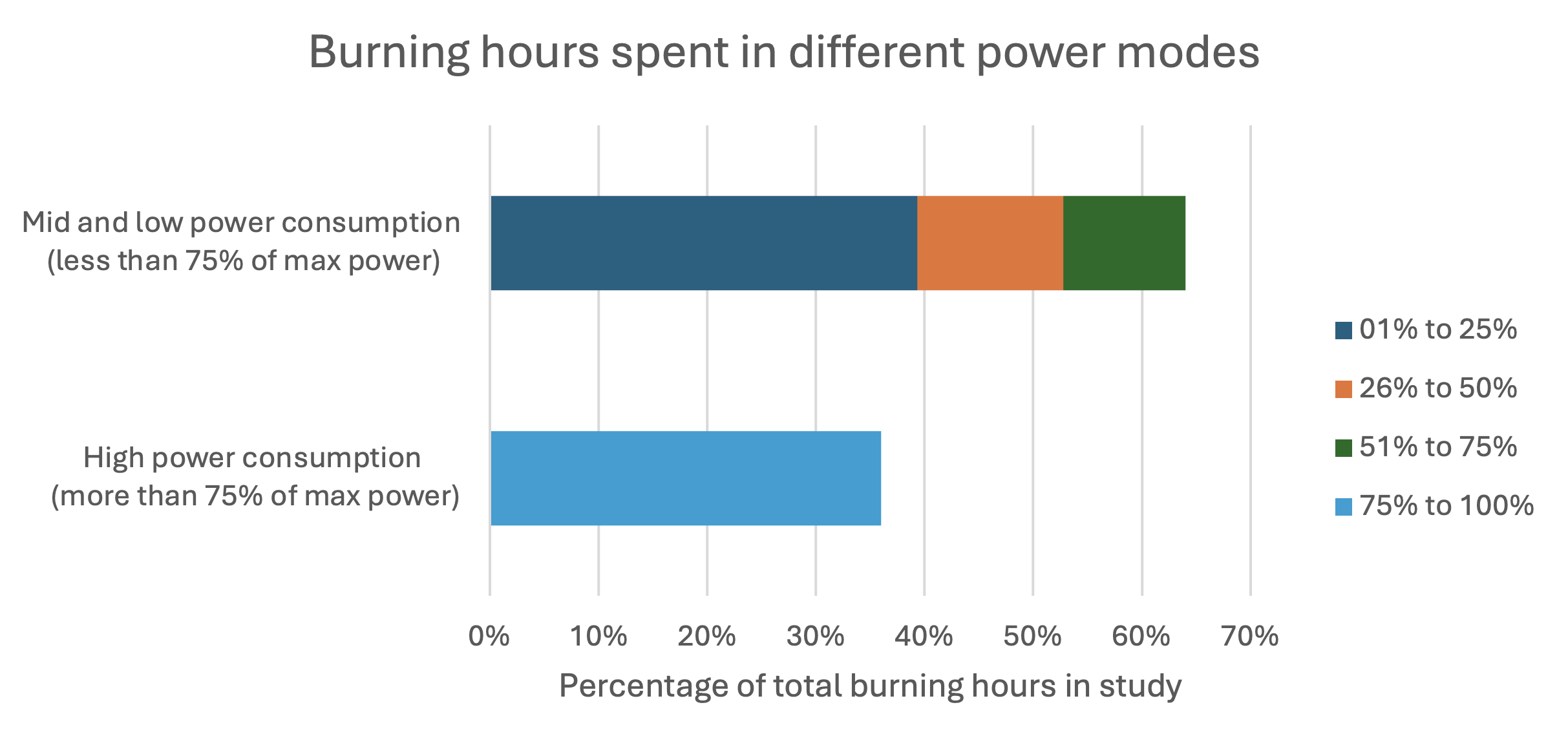Data study by Philips Hue shows your smart bulbs use up to 37% less energy because of smart controls compared to equivalent non-connected bulbs.
Philips Hue has conducted a comprehensive study involving data from over 1 million opted-in Philips Hue light bulbs across Europe to assess the energy-saving impact of connected lighting in real-world usage. This whitepaper presents the findings, comparing the energy consumption of connected lights with a manually controlled reference group.
Wireless lights like Philips Hue offer the ability to control lighting through smart technologies, allowing users to customize their lighting to fit specific needs, such as schedules, dimmability, and color point control. However, these smart lights require standby power to maintain wireless connectivity and respond promptly to control commands.
Connected lights like Philips Hue can be set to different color points and brightness levels, often using significantly less power than their maximum rating. The study found that less than 40% of the burning hours—when lights are emitting light rather than being in standby—were at high power consumption settings, indicating extensive use of energy-saving settings.

Significant differences were observed in the daily usage hours of connected lights compared to the non-connected reference group. The findings showed up to 37% real-world energy savings for connected lights versus the reference group of non-connected lights. This was achieved through a combination of reduced on-time and more energy-efficient settings, which outweighed the standby power consumption.

The amount of saving further increases if the standby power of connected products is reduced below 0.5W as is already the case with many of our more modern products.
The full details of the whitepaper are available here: https://developers.meethue.com/connectedconsumption-whitepaper/
